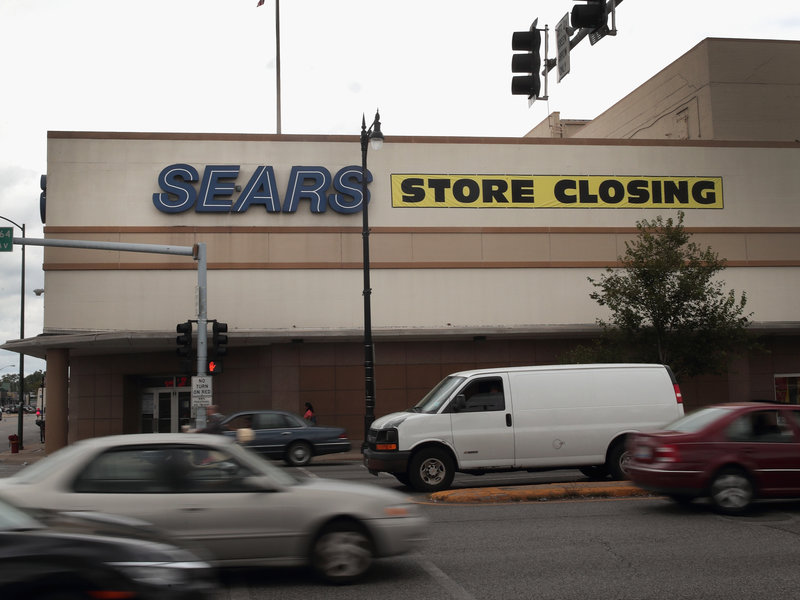
Sears — the iconic American retailer that has sold everything from clothing and toys to refrigerators and socket wrenches over its more than 125-year history — may have reached the end. The Sears Holdings company filed for Chapter 11 bankruptcy on Monday, after failing to make a $134 million debt payment.
The bankruptcy filing is the latest and most significant milestone in a long decline for the company once best-known for pioneering the mail-order catalog that featured nearly everything the American consumer might desire.
Today, however, Sears is drowning in $5.5 billion of outstanding debt.
Hedge fund manager Eddie Lampert took over the company in 2013. He was both the company’s biggest investor and a major lender, and tasked with orchestrating a difficult turnout.
Under Lampert’s guidance, the company sold off valuable assets such as the Lands’ End clothing line and legendary Craftsman brand in attempts to increase its cash flow. As part of Monday’s filing, he was removed as the company’s CEO.
Last year, Sears’ stock tumbled after the company acknowledged in an annual filing that its future viability was uncertain. It closed dozens of stores that same year, citing non-profitability. In August, its stock fell from about $6 to below the minimum $1 level Nasdaq stocks must maintain in order to avoid being delisted.
Its Chapter 11 filing will allow Sears to reorganize, and perhaps emerge from bankruptcy with a portion of its business still alive.
“The Chapter 11 process will give Holdings the flexibility to strengthen its balance sheet, enabling the Company to accelerate its strategic transformation, continue right sizing its operating model, and return to profitability,” Lampert said in a statement.
Sears was founded in 1887 and first incorporated in 1892. It evolved into an American one-stop shop for everything related to the home. Its annual Christmas catalog was immensely popular — at its height, it spanned over 500 pages. In the first half the 20th century, the company even sold about 70,000 pre-cut kit houses — a small part of its then-booming sales. Its strategy of offering all the home merchandise one could dream of in accessible catalogs was path-making.
“Sears is an American institution,” Jerry Hancock, self-proclaimed Sears scholar and historian, told NPR on Sunday. “There are actually a number of communities in North Carolina where almost the entire town is Sears houses that were purchased through the catalog.”
“Sears taught America about the modern world through this catalog,” he said. “It completely changed American life. That catalog was sort of a window into this new consumer world, and it really made a connection with people.”
The company’s recent stature has been far smaller than it was in its heyday, amid a constantly changing retail landscape dominated by Amazon, e-commerce and big-box discount retailers.
Nancy Koehn of the Harvard Business School told NPR in 2017 that in its early days, Sears was like Amazon is today — a retailer of great disruption.
“It wasn’t the Internet, but it was the same idea that no matter where you are you can touch and feel and imagine what these different products could mean in your life by virtue of an outreach, a distribution channel that an imaginative and gutsy retailer — in this case Sears — had created and then invested in and then enlarged,” Koehn said.
The company, which also owns discount retailer Kmart, will close 142 stores by the end of the year as part of the bankruptcy. As of an Aug. 4 filing, Sears Holdings still had 506 Sears locations and 360 Kmart locations.